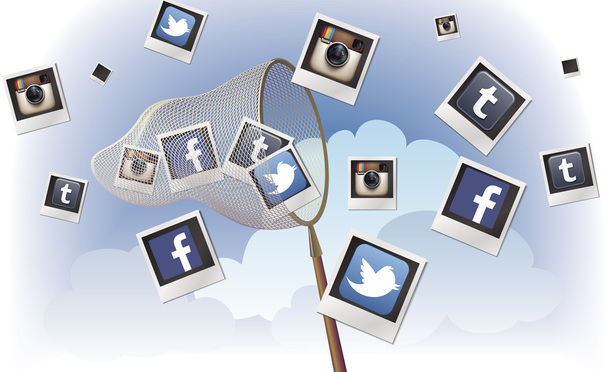Notorious appropriation artist Richard Prince is back in the news, but this time, he is not the only one getting attention for his art. In his recent series titled New Portraits, Prince created “rephotographs” of Instagram “selfies” from famous and Internet-famous people: ink jet images of Instagram posts, printed on six-foot by four-foot canvases. As an art critic explained: “Prince finds an image he likes, comments on it, makes a screen-grab with his iPhone, and sends the file—via email—to an assistant. From here, the file is cropped, printed as is, stretched, and presto: It’s art.”1 These works have reportedly been sold for up to $100,000 a piece.2
The New Portraits have ignited controversy both with individual Instagram users whose photos were used for the portraits3 and with art commentators, arguing that perhaps this was a case of appropriation art going too far,4 such that Prince cannot rely on fair use to avoid copyright infringement claims (as he has done in the past).5 In an interesting twist, one of Prince’s subjects has given Prince a taste of his own medicine. Rather than pursue legal action, a group of alternative pin-up models known as the SuicideGirls (led by founder Serena Mooney) released their own blown-up prints of the Prince works based on their Instagram photos, and sold them for $90 a piece.6 While it is unlikely that Prince (or his gallery) would seek to assert copyright infringement against the SuicideGirls based on their use of his work (which was, after all, based on their work), it does raise an interesting question as to whether the SuicideGirls prints themselves constitute fair use under copyright law. The Prince/SuicideGirls controversy also highlights other complex issues regarding ownership and control of intellectual property assets in the social media context, such as whether Mooney’s posting of the photos on Instagram might have equipped Prince with a license or another defense to copyright infringement.



